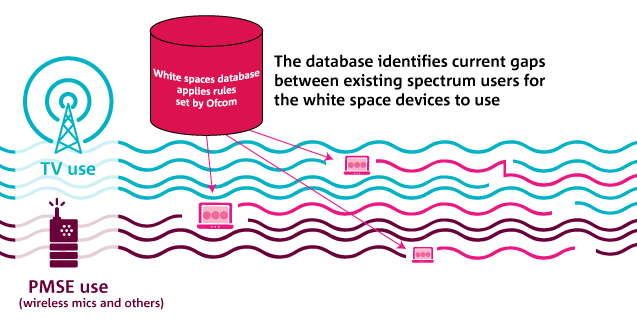Ofcom on Thursday announced approval for TV white space wireless technology to meet the data demand of mobile subscribers in the U.K.
See live coverage of Mobile World Congress 2015
Internet access for ships and boats in the Orkney Islands, wireless video streaming of animals at ZSL London Zoo, new machine-to-machine (M2M) networks for flood defence in Oxfordshire and Wi-Fi-like services at the University of Strathclyde are some of the tests.
Ofcom Acting Chief Executive said: “This decision helps ensure the UK takes a leading role in the development of innovative new wireless technology.”
White space spectrum in the TV frequency band is appealing for industry because it can travel longer distances and more easily through walls than the bands mainly used by other wireless technologies, such as Bluetooth and Wi-Fi, said Ofcom.
To avoid interference, databases will communicate with devices to give them technical constraints they must operate within. These databases identify locations, frequencies and times where white space devices will not affect existing users and will apply rules, set by Ofcom, which put limits on the power levels they can operate at.
These frequencies are currently used for digital terrestrial TV and on a sharing basis with wireless microphones used for program making and special events (PMSE), among other services.
Ofcom believes commercial applications for this white space technology could emerge by the end of the year.
Ofcom is exploring how the white space in other spectrum bands could be used for similar innovation in the future.
The UK is among the first countries in Europe to provide spectrum for this technology, which will form a major part of Internet of Things.
Philip Marnick, Ofcom Spectrum Group Director said: “Spectrum is an important but limited resource, which is why we’re exploring new ways of unlocking its potential, while balancing the needs of different users.”
editor@telecomlead.com

